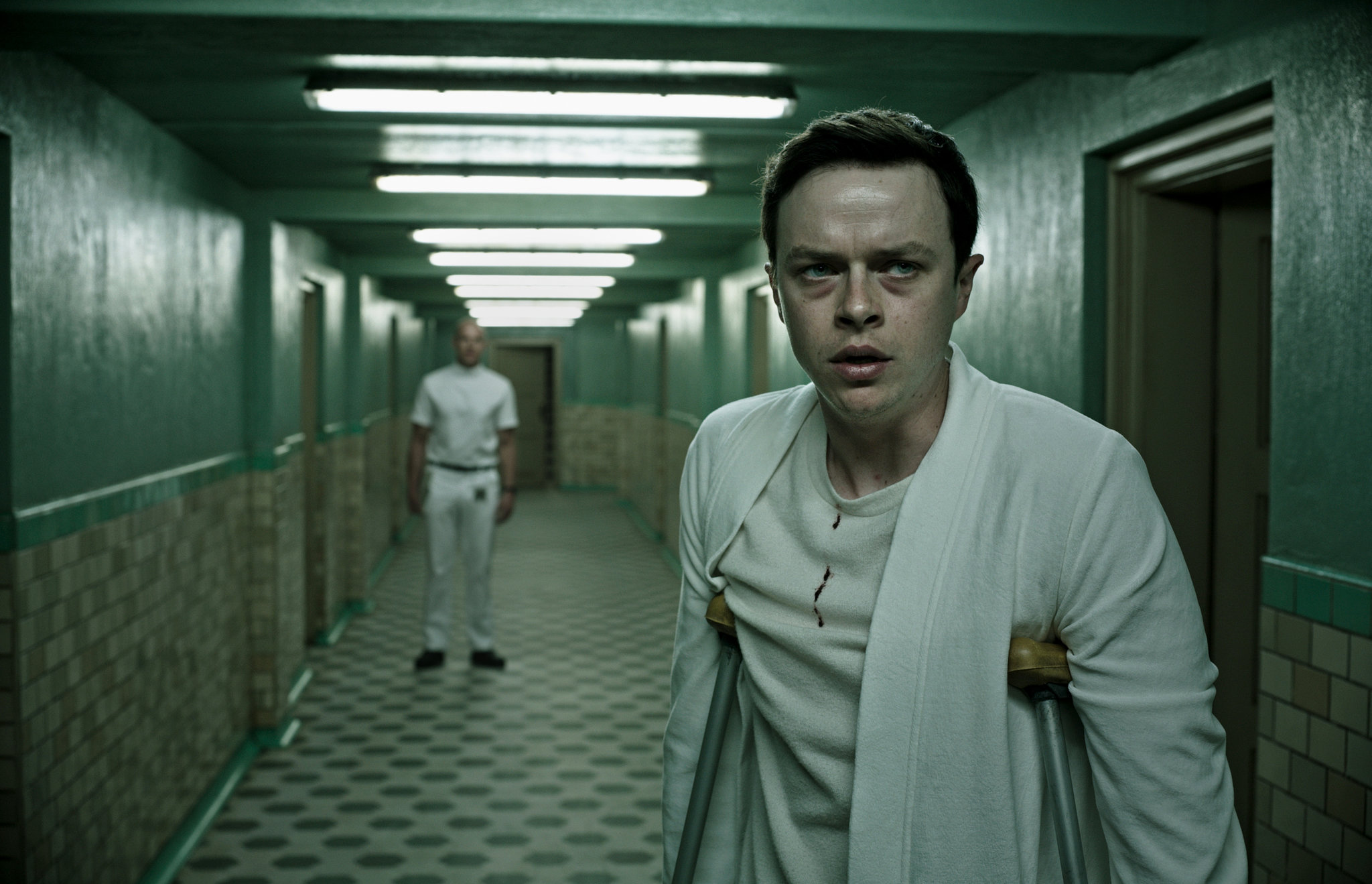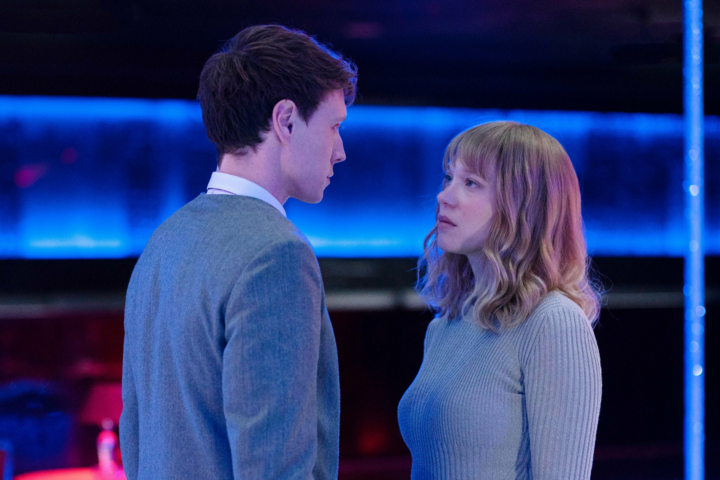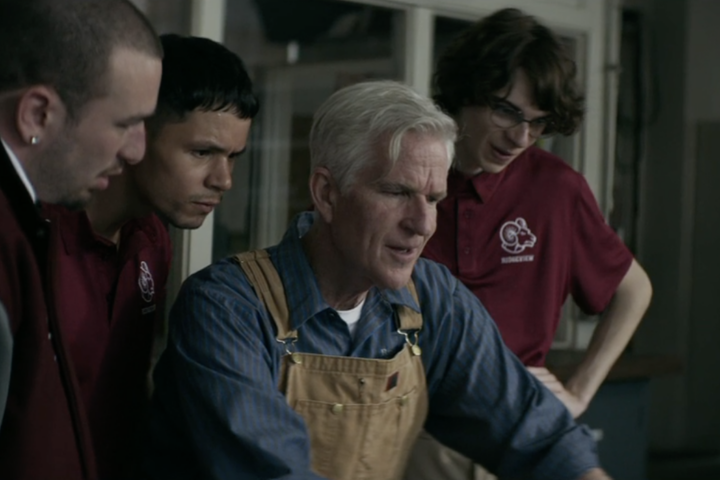An exercise in cinematography and art direction—and little else—by director Gore Verbinski, A Cure for Wellness is an early candidate for Bloated Movie of the Year. A miscalculation that thinks it’s bold and inventive but is actually labored and routine, with an unconvincing lead performance from star Dane DeHaan, the picture generates little interest beyond its obviously expensive production values and “auteur” mounting.
A textbook example of style betraying substance, the picture begins in a coldly corporate U.S. headquarters of a major global corporation, where an ambitious young upstart exec named Mr. Lockhart (DeHaan) is summoned to execute an unorthodox assignment—retrieve the company’s wayward CEO from a mysterious spa in the Swiss Alps and shuttle him back to the states to complete a critical transaction. Complicating matters, that CEO, Mr. Pembroke (Harry Groener), hasn’t been heard from in a very long time.
So far, so good. Picture then moves to Europe with a terrific mirrored shot of a high-speed train exiting a mountain tunnel before arriving at the secluded location of the spa, which immediately feels like a sanatorium, in spite of the gorgeous setting. The kick here is that while on a business mission, Lockhart himself must be cured of his own neuroses, which appear to be nicotine and workaholism, so he is immediately ushered into the facility, objectives sidetracked.
He really should have listened to his driver, who warned him of the “wellness spa” and its dark history, the location of which bears a haunted past including unsavory human experiments.
We immediately know something is amiss by the odd behavior of the spa’s staff and their refusal to grant him access to Pembroke, yet cocksure as he is, Lockhart falls directly into a trap that has been set, and one where he unwittingly becomes a patient himself at the behest of the spa’s revered, and right out of a horror movie, Dr. Heinreich Volmer (Jason Isaccs).
Don’t drink the water—we get this, but he doesn’t, and soon he’s under Volmer’s care in this very haunted house of sorts, and he manages time to sneak about digging into the requisite old files and transgressions of the spa.
The cliché of a deer running in front of a car—in about six other recent pictures right now including Get Out—keeps Lockhart prisoner in the mysterious hilltop manor, and the haunted house of sorts is enlivened by a mysterious teen girl (Mia Goth) with a secret, and intense visions of eels, which figure heavily into the final third. All of this is delivered in the sort of glossy, high style vision signaling an auteur’s aesthetic and imagination. If only the story indicated a screenwriter.
There are metaphorical allusions to curing the “wellness” of modern society and our dissatisfactions, addicions, inability let go of technology and consumerism, and the picture asserts, boldly, that we may need to torture ourselves out of such endeavors.
But the final third becomes a routine mad scientist movie, albeit one set in a pretty stylish haunted house, and scenes of eels and dentistry used as coercion feel, well, rudimentary. If we don’t care about who is onscreen, we don’t care about their pain.
While Verbinski gets points for his vision, exceedingly well mounted, he has forgotten to tell an engaging story or one that even remotely thrills us with its plentiful thriller elements. The result is a lot of money onscreen in service of nothing we care about,which extends to DeHaan, who sounds constipated and looks like someone’s kid brother, not the power broker the film requires.
2 stars.



